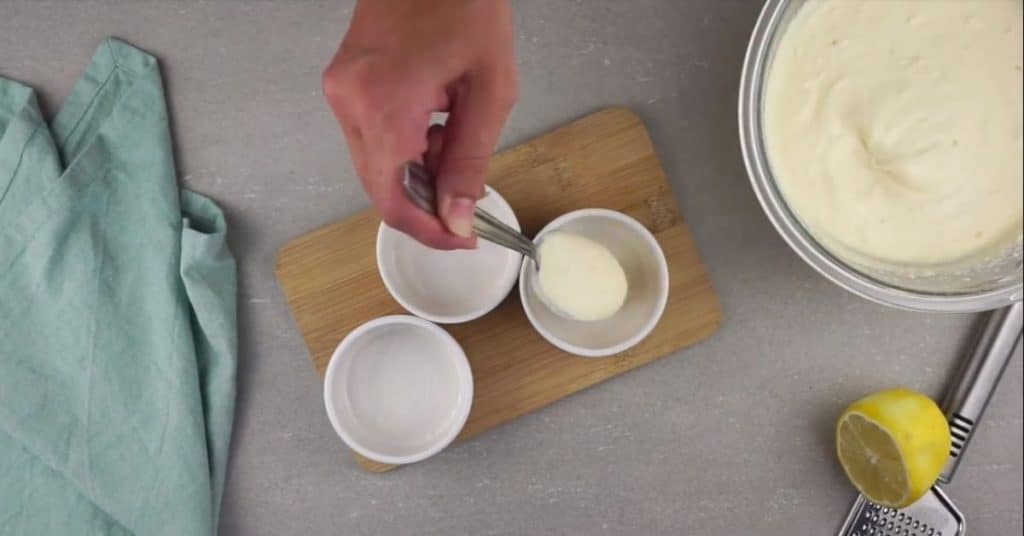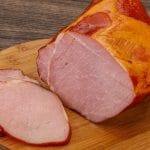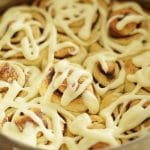In summary: Yes, you can freeze cake batter, but it’s important to note that not all cake batters freeze equally well. Oil-based cake batters, like those used for muffins and cupcakes, freeze successfully, while foam cake batters may not rise properly after freezing.
There’s only one thing that can beat the smell of freshly baked cake out of the oven and that is the taste of freshly baked cake, of course.
But who has time to whip up an entire cake batter when all you want is a single freshly baked cupcake? And if you have unexpected guests, you can’t dare pull out the muffins you baked 4 days ago.
The solution is to simply freeze your cake batter and pop it into the oven for a freshly baked treat whenever needed. It really is that easy. There are however a few things you need to know about which cake batters will fare better than others in the freezer.
Here is everything you need to know about freezing cake batter.
Can Cake Batter Be Frozen?
Yes, you can freeze cake batter, however, it is important to know that not all cake batters freeze as well as than others.
Foam cake batter which use whipped egg whites as the structural and raising agent do not freeze well. The cakes will not rise after freezing as the freezing process damages this airy component.
Oil-based cake batter freezes well, especially when used for smaller items such as muffins and cupcakes. Adding additional flavorings such as chocolate chips or berries could negatively influence the batter’s rising ability after it has been frozen.
All in all, plain oil-based cake batters such as bread batters, pancake-, cupcake-, and velvet cake batters, freeze very well.
How To Freeze Cake Batter
Cake batters freeze best in smaller portions and should be prepared for freezing straight after the batter ingredients have been mixed. Having leftover cake batter stand around at room temperature for too long could cause it to spoil.
The below methods are also ideal to freeze muffin batter.
Method 1: In Cupcake Wrappers
Step 1: Fill the Tray
Line a cupcake pan or muffin tray and fill each cup with the cake mix or cupcake batter.
Step 2: Cover and Freeze
Cover the muffin tray tightly in plastic wrap and place the tray in the freezer.
Step 3: Pack
Once frozen hard, remove the ‘batter cups’ from the tray and place them in a zip lock freezer bag. Press out any remaining air and seal.
Step 4: Label and Freeze
Label the packet with the date of storage and place it back in the freezer.
Method 2: Resealable Freezer Bags
Step 1: Portion
Use a quarter-cup scoop to carefully place 6 scoops of batter into a resealable freezer bag. You can do larger quantities in bigger zip lock bags if desired.
Step 2: Remove Air
Make sure there are no leaks in the bag. Carefully press out all the remaining air from the bag before sealing.
Step 3: Label and Freeze
Label the packet with the date of storage and place it in the freezer.
How To Thaw Cake Batter Frozen In Cupcake Molds
Remove the frozen ‘batter cupcakes’ from the freezer and place them back into the muffin tin. Pop them straight into the oven and add an extra 5 to 7 minutes onto the cooking time.
Alternatively, you can let the batter thaw overnight in the muffin tray and pop it into the oven once it has softened.
How To Thaw Cake Batter Frozen In Freezer Bags
Place the frozen batter in the fridge to thaw overnight. If the batter is still well mixed, you can simply cut the tip of the bag and squeeze the batter into lined muffin tray cups once thawed.
If the batter ingredients have slightly separated, give it a good stir before pouring it into lined baking pan or muffin tin.
A batter that is a little cold from being in the refrigerator may need an additional minute or two in the oven to bake fully. Alternatively, let it cool to room temperature before baking.
Types of Cake Batter
Although there are hundreds of cake types, the batter method used for most cakes can be broken into a few basic categories.
#1. Butter Cakes or Shortened Cakes
Butter cake batter is popular to use for baking sheet cakes, cupcakes, and layer cakes. The batter is known to have a high ratio of shortening, usually butter or oil. The cakes rely on baking powder or bicarb as a raising agent and are moist with a delicate texture once baked.
#2. Pound Cakes
Pound cakes are dense and known to have a loaf shape. This cake batter is made with equal parts (in volume) of flour, butter, sugar, and eggs.
#3. Foam Cakes
With whole eggs and egg whites used as the main raising agent, these cakes are very light and fluffy. Angel food cake is one example of a cake where the egg whites only are used to create a light and airy texture.
Chiffon cakes are another example, but they are richer than angel food cake as they also contain the egg yolk. They are, however, still fluffy and light. These are ideal for jelly roll cakes, roulades, layer cakes, or trifle.
FAQs
Conclusion
Whether you’ve made way too much batter than your baking tins can hold, or wish to have some extra batter on hand for last-minute baking, freezing cake batter is a great way to prevent waste and enjoy freshly baked goodies at the drop of a hat.
Make sure the batter is freshly made when going into the freezer and eliminate air in the packaging. Freezing the right type of batter will save you time and eliminate a mess in the kitchen. Best of all, you will hardly notice that the batter has been in the freezer once baked. Cupcake anyone?
Up Next: How To Freeze Cheesecake









